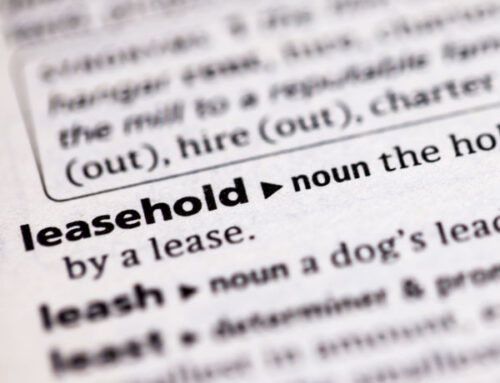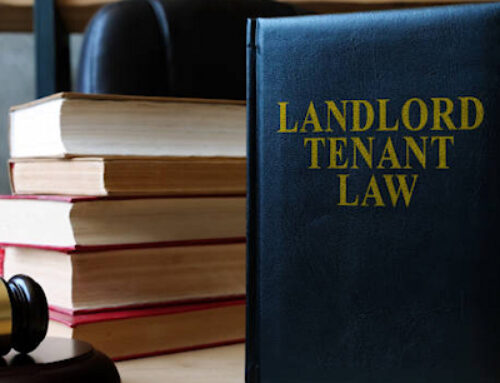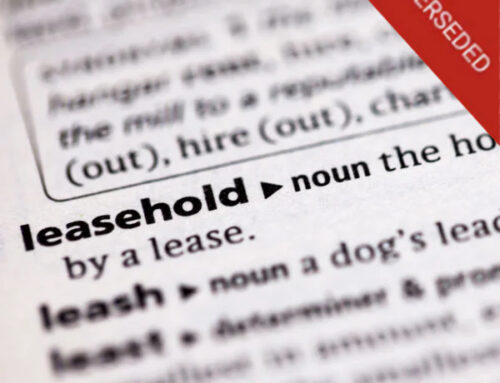The Building Safety Bill – Response to Grenfell
As part of its response to the Grenfell Tower disaster, the Government has brought its Building Safety Bill 2021 before Parliament. The Bill was published in draft form last year but has now been amended in various parts. It will set out a clear pathway for the future on how residential buildings should be constructed and maintained.
The Building Safety Bill at a glance
The Building Safety Bill establishes a tighter regulatory regime for buildings above 18 metres high (referred to as “higher-risk” buildings) and includes:
- A new Building Safety Regulator with approval, enforcement and prosecutorial powers.
- Mandatory reporting of structural and fire safety occurrences.
- New obligations on Clients, Principal Designers and Principal Contractors, with “Gateway” points at design, construction and completion to ensure fire and structural safety is considered at every stage of a building’s development.
- The creation of new Accountable Person and Building Safety Manager roles and duties to ensure that fire and structural safety continues to be managed throughout a building’s lifetime.
- Criminal liability for both companies and their directors for breaches – with unlimited fines and imprisonment for up to two years.
What this means for residents and homeowners
- Residents in high-rise buildings will have more say in the management of their building.
- They will be able to raise building safety concerns directly to the owners and managers of buildings, who will have a duty to listen to them.
- And if residents feel concerns are being ignored, they can raise them with the Building Safety Regulator.
- All homeowners will also have more than twice the amount of time, from six to fifteen years, to claim compensation for sub-standard construction work.
- This will apply retrospectively – meaning that, properties built up to 15 years prior to this change coming into effect will be able to bring a claim for compensation for defective work.
The 2021 amendments to the Bill are significant and clearly focus on opening avenues of recourse for leaseholders affected by the building safety crisis.
The Law Society comments
The Law Society of England and Wales has warned the proposed Building Safety Bill still leaves leaseholders bearing the brunt of the cladding crisis. Law Society President Stephanie Boyce said:
“The Bill includes important measures to improve building safety, in light of the devastating Grenfell Tower fire and the ongoing cladding crisis. However, we are concerned that leaseholders, who live in unsafe buildings through no fault of their own, are still left bearing the brunt of the costs of cladding remediation.”
“Hundreds of thousands of innocent homeowners are under intense emotional and financial pressure, affecting their mental health, well-being and ability to carry on with all aspects of their lives. The Bill lacks measures to protect such leaseholders against increases in insurance premiums or to cover the costs of safety precautions, such as waking watches.”
“Where the Bill does require developers to cover the costs of cladding removal, it does not go far enough. It introduces a targeted levy on developers seeking permission to build certain high-rise buildings, which it is hoped will generate £2bn over 10 years to fund the removal and replacement of combustible cladding. However, the full cost is estimated at as much as £15bn.”
“UK government should provide additional financial support to leaseholders to help cover the costs associated with managing and rectifying the dangerous cladding on their homes.”








